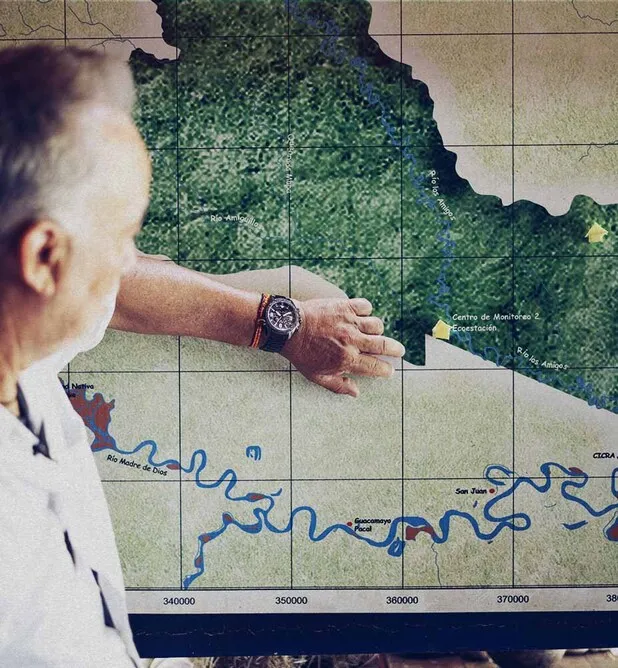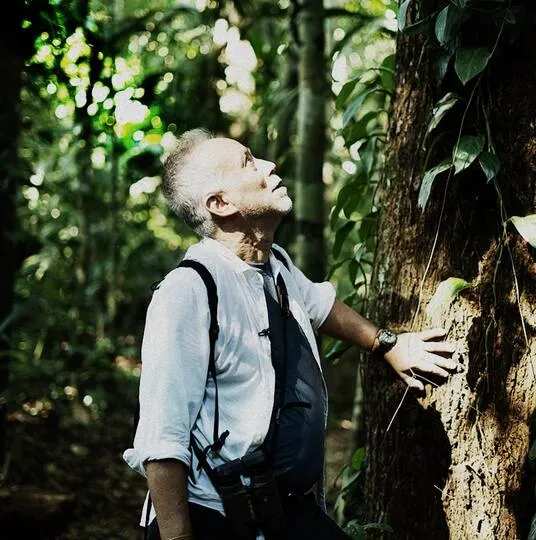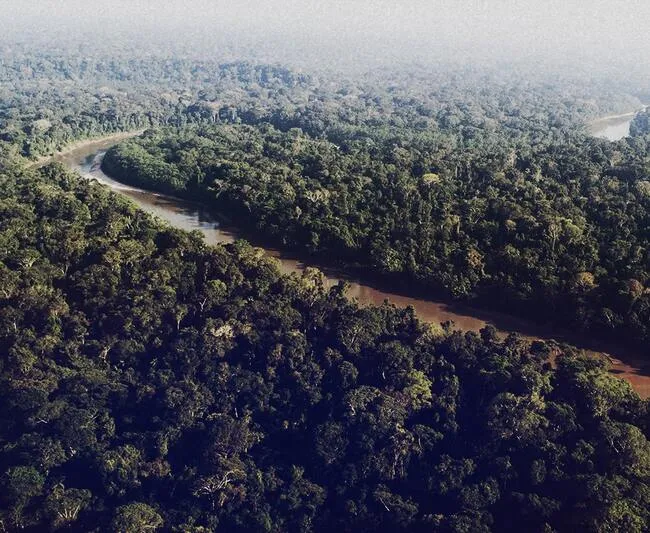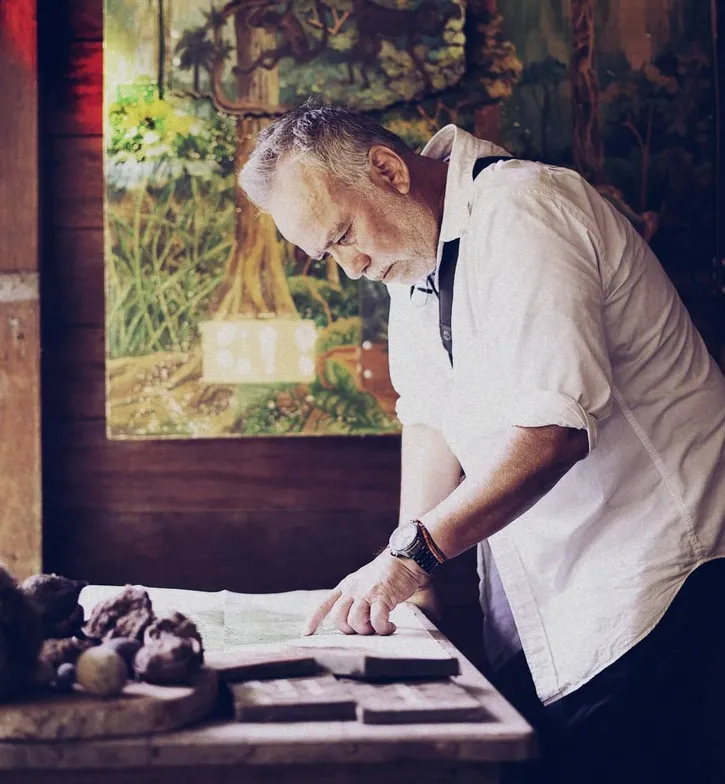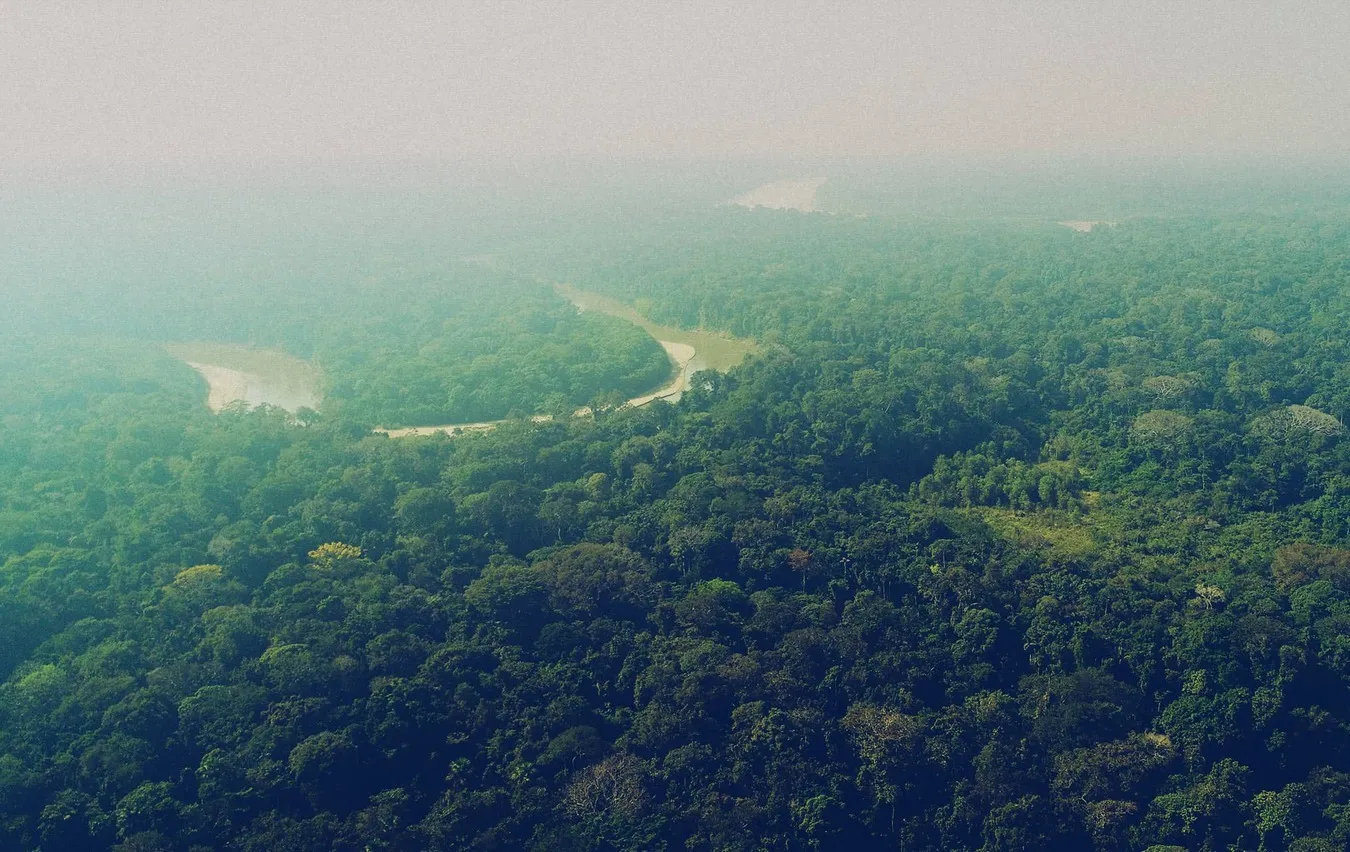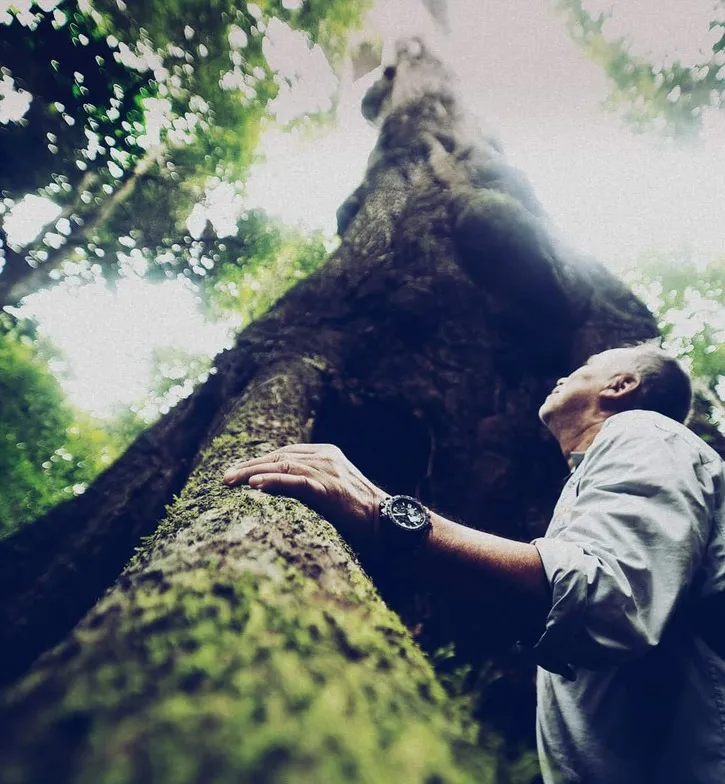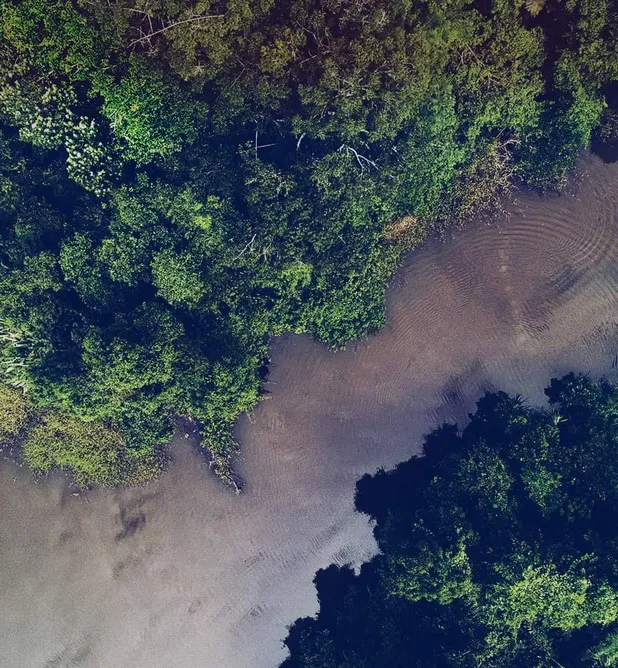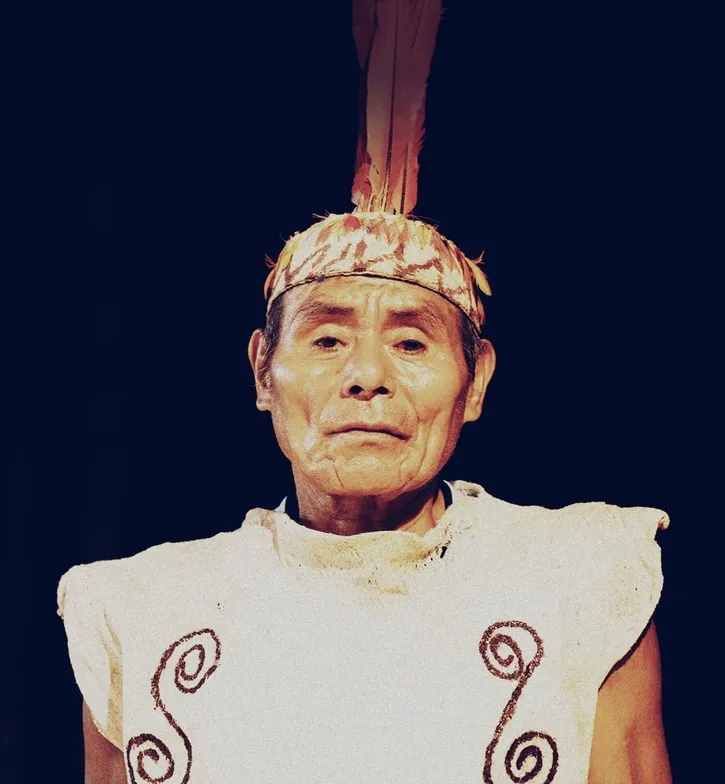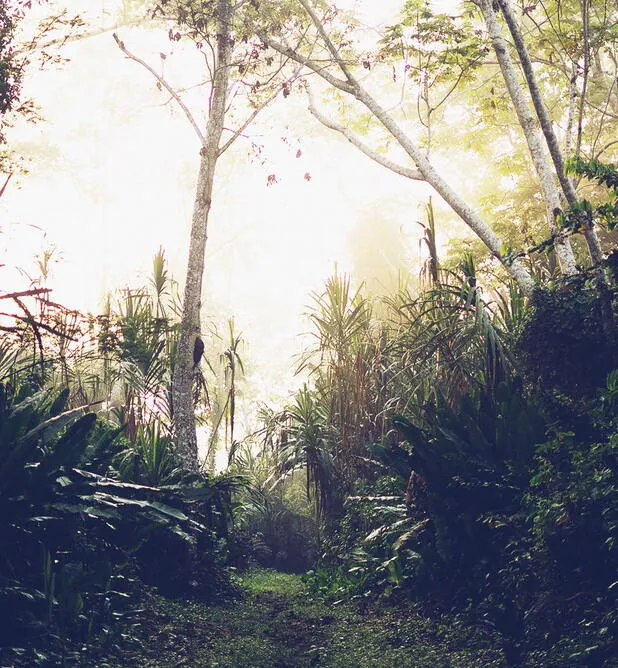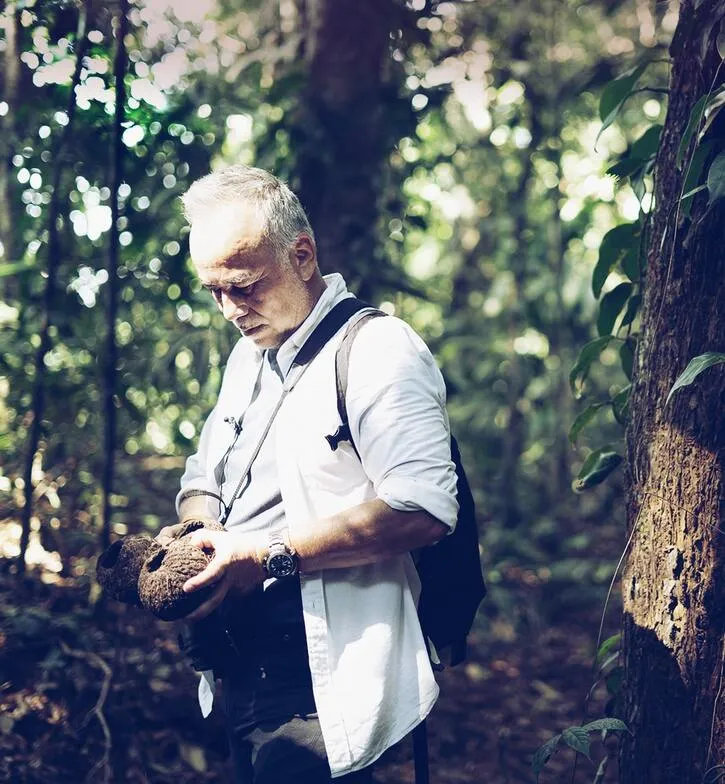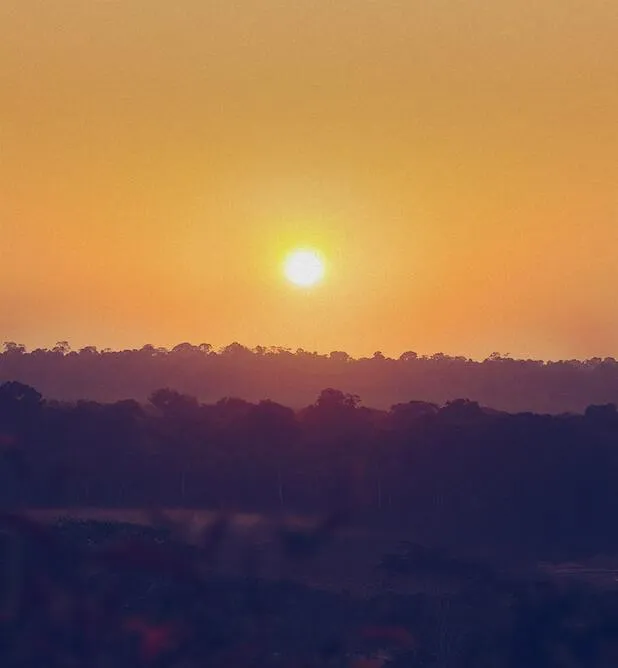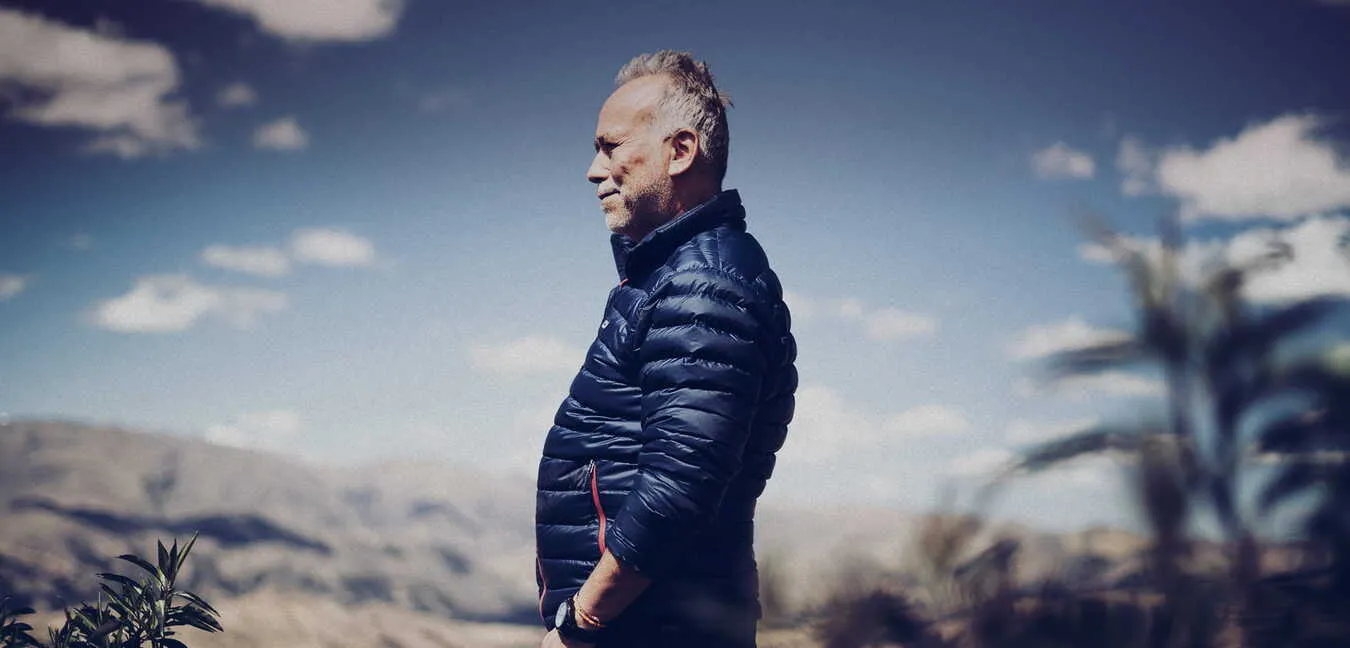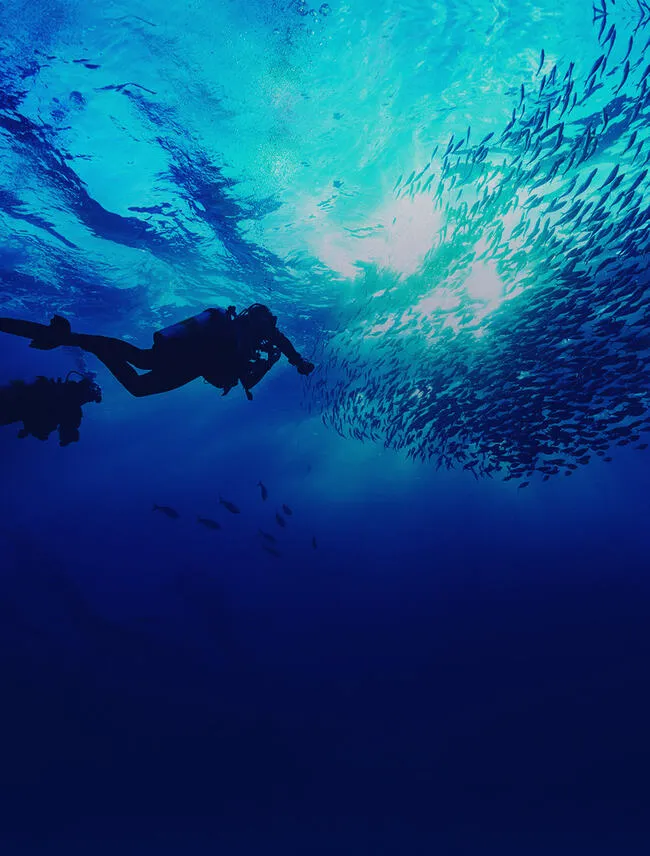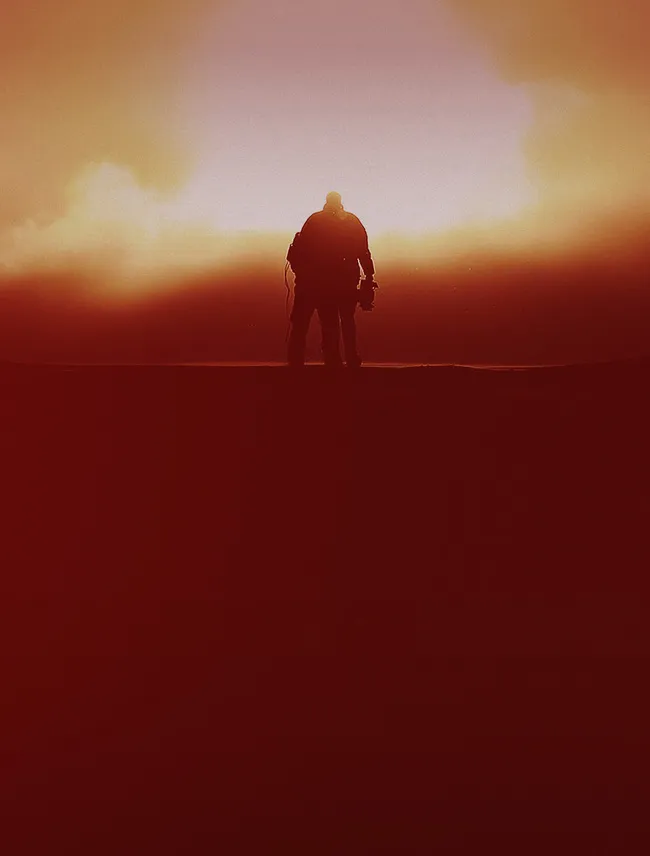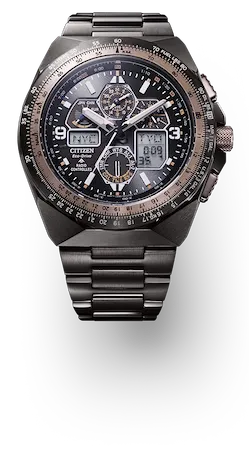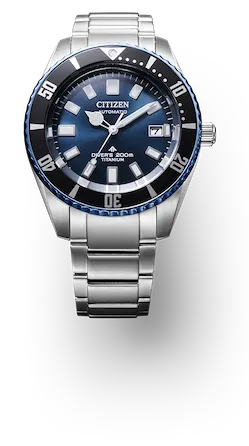“THIS IS WHERE THE AMAZON IS BORN, IN THESE HIGH-ELEVATION MOUNTAINS.” “THIS IS WHERE THE AMAZON IS BORN, IN THESE HIGH-ELEVATION MOUNTAINS.”
ENRIQUE ORTIZ ENRIQUE ORTIZ
“THIS IS WHERE THE AMAZON IS BORN, IN THESE HIGH- ELEVATION MOUNTAINS.” “THIS IS WHERE THE AMAZON IS BORN, IN THESE HIGH-ELEVATION MOUNTAINS.”
ENRIQUE ORTIZ ENRIQUE ORTIZ
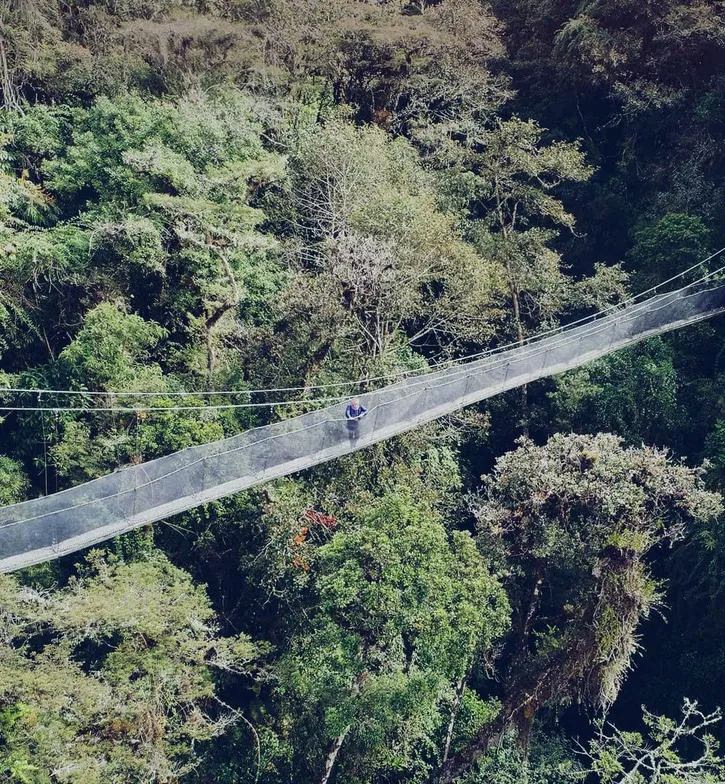
Enrique Ortiz is about to lead us on what he calls a “crazy trip” through the Peruvian Amazon. Starting at an altitude of 4,500 meters high up in the Andes, we are going to make our way down through a series of interlinked national parks and protected areas to the lowland rainforests at 300 meters. Our itinerary will showcase two things: first, how climate change is affecting the mountain cloud forests (which are particularly fragile); and second, how important continuous forests are to avert massive extinctions.
“The Amazon is born here in these high-elevation mountains. The water that maintains the forest all the way to the Atlantic 6,000 kilometres away starts here,” Enrique says. The mountains matter because this is where the atmospheric water is ultimately collected. If too much of the intermediate and lowland forest is lost, the equilibrium of the entire Amazon forest’s hydrological cycle will be disrupted, leading to dire knock-on consequences all the way to the Argentinian pampas, the soy-growing areas in Brazil, and indeed the whole planet. For now, however, the Peruvian Amazon still boasts record levels of biodiversity for every type of organism, whether that means 1,500 species of butterfly, 1,100 of the world’s 10,000 plus bird species, or up to 650 varieties of trees in a single hectare (that’s more varieties than in the whole of North America!).
